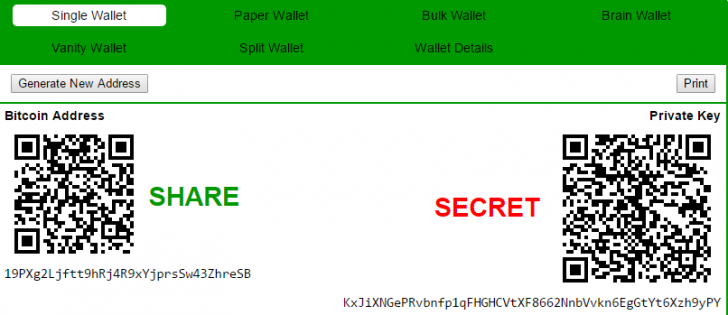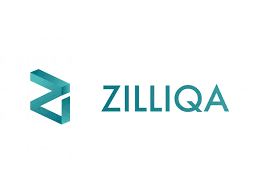You can become a victim of malware that is designed to steal cryptocurrency – from time to time, new malware and websites get discovered which are made to steal cryptocurrencies, and often those are fake cryptocurrency trading websites, but those are not the only ones doing the crypto stealing.
Recently cybersecurity researchers exposed a website that allowed hackers to steal over $260,000 in numerous types of cryptocurrencies if you think that number is large – I’m sorry to say this, but there have been cases when over 100 million dollars of cryptocurrency has been permanently lost.
Apart from the money, the hacker websites also can steal your personal information.
You probably did know that cryptocurrency can be stolen or at least you believed it can be done, and that’s already a big step forward – congrats’ on that.
But the big question is how can this malware steal your cryptocurrency?
When you know that type of information – it’s easier to keep your cryptocurrencies safe, so I recommend you to keep reading this post.
The Process of Stealing Cryptocurrency

Everything starts when you visit the knock-off website or download a malicious app, from there your device will start to automatically download the malware and start executing it, even if you notice the downloaded file – it will look like a regular file with a name that doesn’t have any smell of malware, but really, it’s a Trojan in disguise.
But it doesn’t stop there – when the Trojan comes into work, it starts by installing two viruses on your system which surprisingly have two different functions, one virus behaves like a cryptocurrency miner, while the other one is a clipboard hijacker.
This type of combination is used because then hackers can mine crypto-coins using your system, while at the same time, stealing your usernames, passwords, and other private information like addresses and stuff.
Also, it can steal your cryptocurrency wallets and payment information.
It does sound like a nightmare, I know.
How Do Hackers Access My Cryptocurrency Wallets? (You Might Ask)

Well, It’s simple and there’s no rocket science behind stealing cryptocurrency wallets, and cybersecurity specialists have explained it.
One of the viruses – the clipboard hijacker is the key to stealing your cryptocurrency wallets.
What it does is, hijack the information that’s in the clipboard and people copy all kinds of stuff, including cryptocurrency wallet addresses.
And then, what happens further is inevitable – the clipboard hijacker will take the wallet address and replace it with the address of the hacker, and then all the cryptocurrencies being sent to the victim get obtained by the hacker.
Take this advice: Always double-check cryptocurrency wallet addresses after you paste them from your clipboard.
The Power of Encryption

As you might know – WiFi can be encrypted, Email can and is as well, also sessions with websites and databases are encrypted.
But interestingly, still, websites and servers get hacked, still, email systems are being broken into!
And with all those things getting hacked, your cryptocurrency is no longer safe and can be stolen in the middle of the day.
Because it doesn’t matter how enormous your protection is and how strong your cybersecurity game is, because there’s always an easily accessible way through those security and protection systems, so authorized people like you can log in and log out faster, and yes – hackers or hijackers can use those accessible ways for their good.
Just think about it – literally, everything is protected by methods older than you.
I’m talking about passwords that have been used for god knows how long, and also user names that are public most of the time, and let’s not forget PIN codes – combinations of numbers.
It’s no secret, that there are cryptocurrency wallets also using these ancient security systems, and as soon as your phone or other device gets hacked – your crypto coins are out for grabs.
And this type of stealing didn’t start yesterday or last year – it’s been going on for years.
This World Isn’t Safe, Friend.
When downloading something or updating your device, make sure the files you’re getting come from legitimate sources.
Cryptocurrency-stealing malware can be hiding anywhere, there have been cases when it’s found in Adobe Flash updates or real Windows installation files.
So keep learning about keeping your cryptocurrencies safe, not only your cryptocurrencies but also your personal information that’s online.











